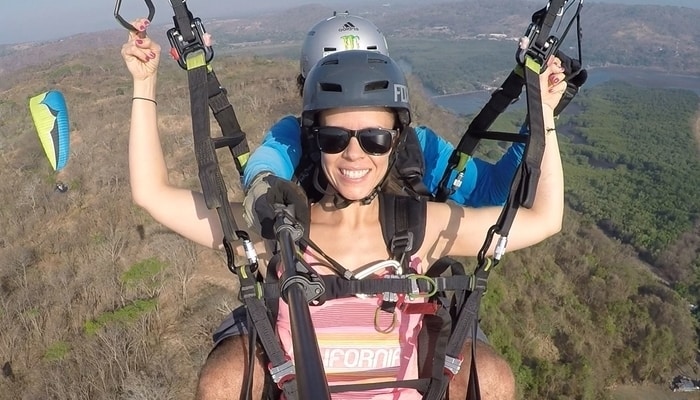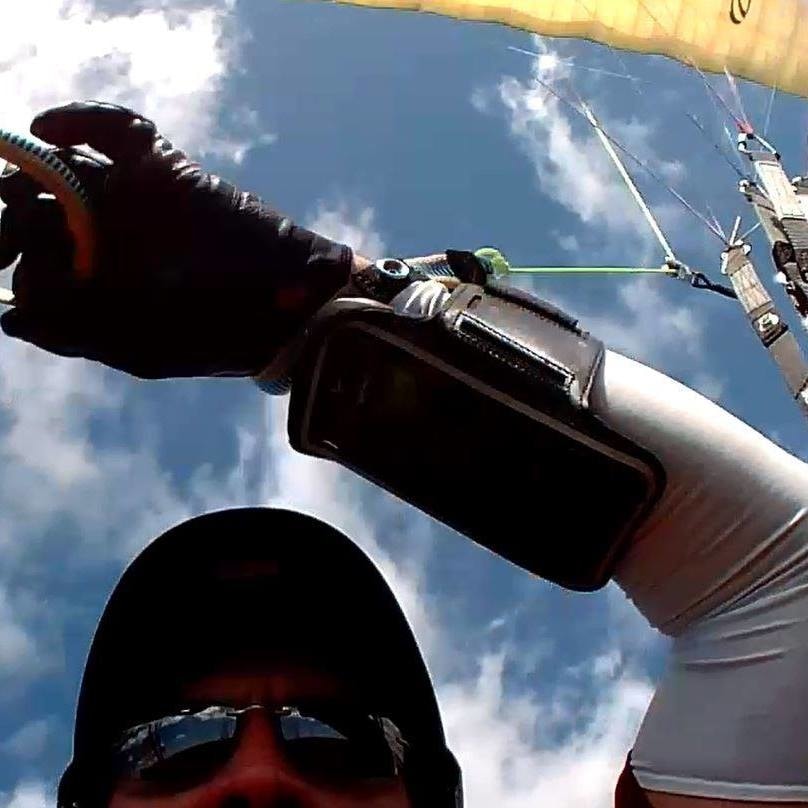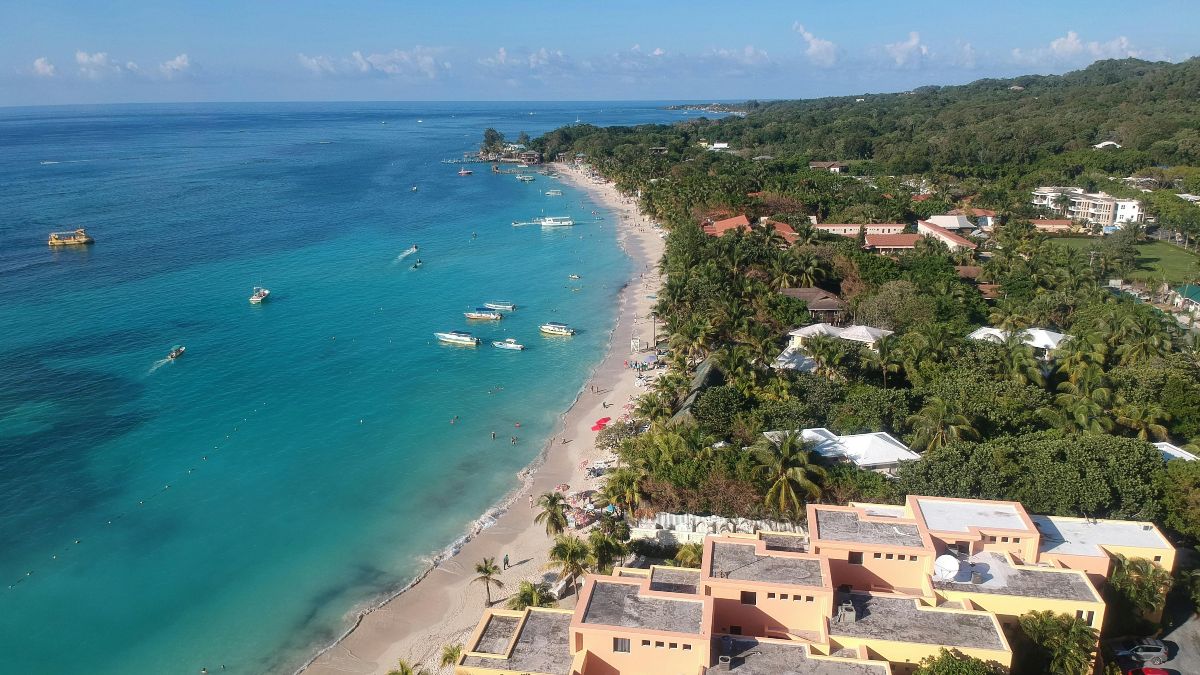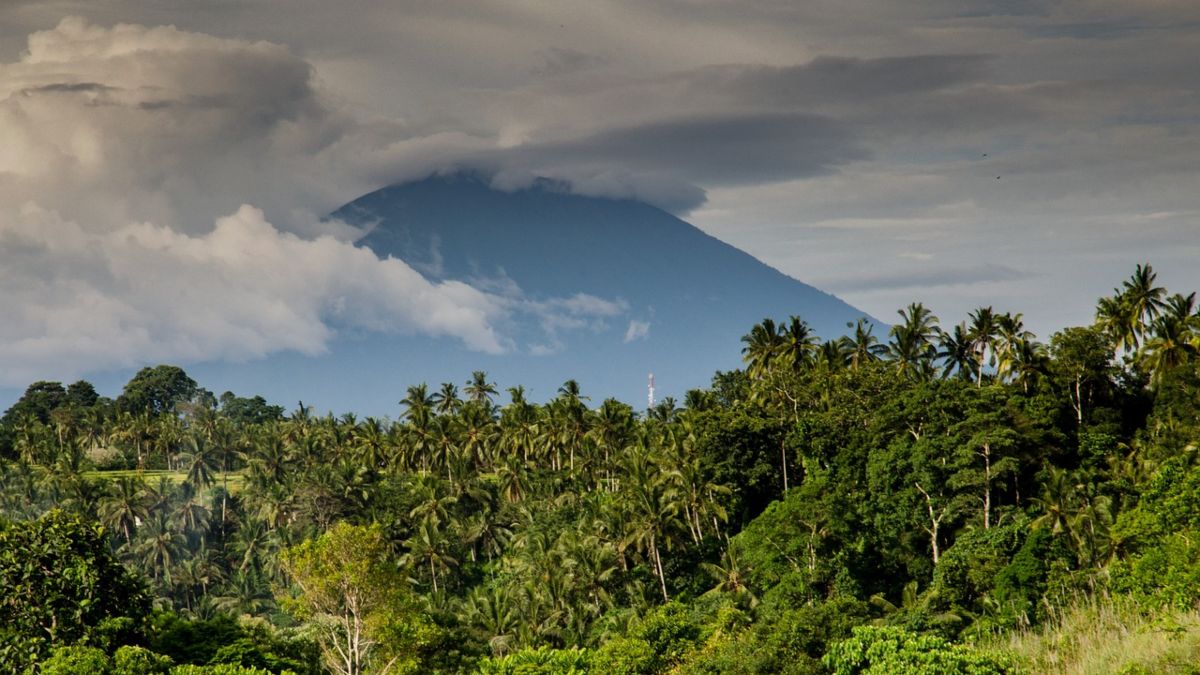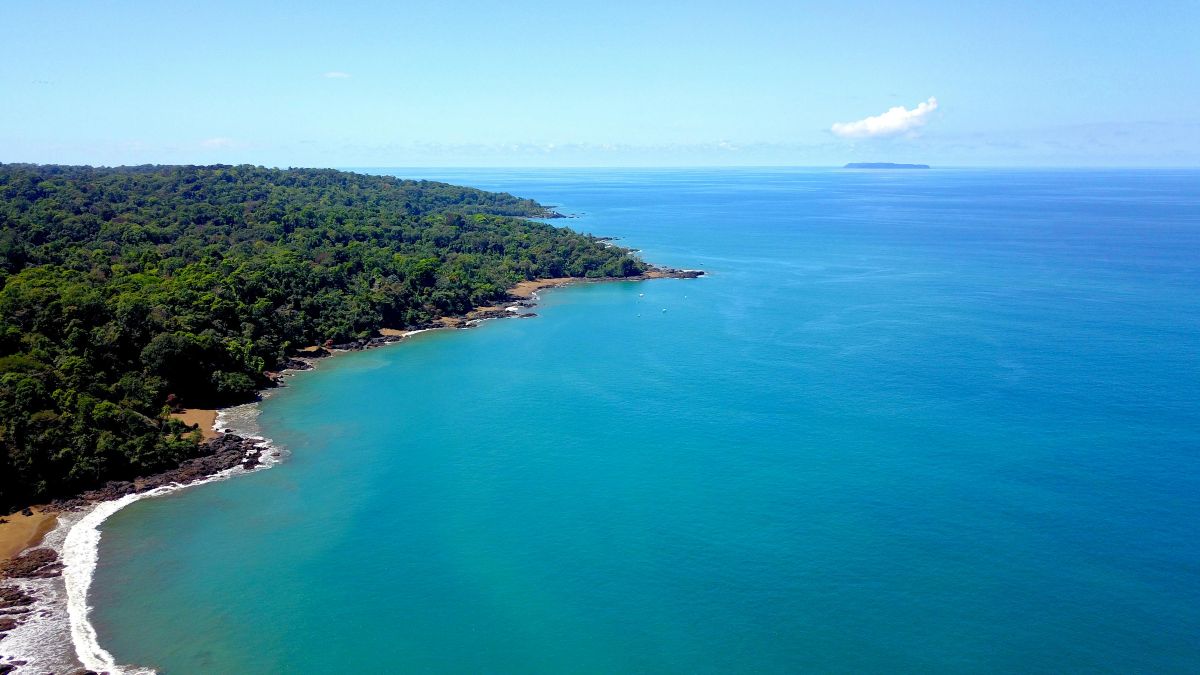Paragliding is a sport on the rise in Costa Rica (pun intended). Enthusiast David Segura describes, step-by-step, the first flight you’ll take in Caldera.
Costa Rica is full of incredible places to adventure. Whitewater rafting, surfing, hiking, diving, fishing, jungle exploring and more are excellent here.
Outside of its land and ocean attractions, Costa Rica also has some of the best paragliding conditions in the world.
Costa Rica isn’t known for aviation sports but over the past decade, interest has been increasing. More operators are setting up, and today Hawk Adventures Costa Rica, Paragliding Dominical, and ParaCosta all provide excellent paragliding in Costa Rica.
There are many first-class paragliding locations all over the country. As a pilot and part-time instructor, one of my favorite spots for paragliding in Costa Rica is on the Central Pacific coast.
Nemaclys is close to the port of Caldera, about an hour from San Jose. It sits 300m up a mountain overlooking the ocean.
The Swiss operator, Jean-Claude, is a longtime pilot with over 25 years experience flying paragliders, paramotors, and hang gliders.
Nemaclys enjoys excellent flying conditions year-round. Few other places in the world boast 320 days of flying a year. Most days are bright and sunny with a modest breeze. On any given day as you drive up the hill to the flying site, you’ll see bright-colored canopies with people hanging off them in the skies above you.

When entering the property, the first thing to strike you will be the view. From here you can look out over the ocean to the ships at anchor waiting to approach Caldera port.
There are observation decks and shaded areas, and a restaurant. Here you’ll meet others standing by to take their tandem flights with a professional pilot.
The common denominator with everyone is the excitement, anticipation and the camaraderie. A bunch of people all waiting to get into the air. It all adds up to a great day.
As a pilot, there are days when the thrill is electrifying. If the winds are between 12 to 25 kilometers per hour coming from the west-southwest the day can be fun for all.

If you’re a first-timer, you’ll be coming for a tandem flight.
As you wait, the anticipation will increase, and also some apprehension as your time to go up gets closer. But as you watch those who went before you return, you’ll notice no-one comes back scared. In fact, everyone is grinning.
Peacefulness is the operative word here. That is the sensation everyone has, whether they are a pilot, passenger, or observer.
Before your flight, your pilot will describe what to expect at launch. The pilot will say you should cross your arms in front and describe the tugs and pulls you’ll feel as he raises the wing. He will tell you to stay calm and look forward.
Once the wing is overhead, the pilot will say “let’s go” and you have to run. How much running you do depends on the winds. Sometimes it’s a few steps, sometimes more.
Soon after the briefing, it’s your turn. The pilot calls your number, and it’s time to gear up.
You’ve been watching others before you gear up so you know what to expect. A harness and a helmet are about it for gear. Sunscreen is useful. I recommend closed shoes (not flip-flops) for obvious reasons. Other than that, shorts and t-shirt are the only other gear you need.
If you’re taking a camera, you’ll want to tie it to your wrist or connect it to your harness. Your pilot will help you ensure the camera is secure although the risk will always be yours.
There are many phones, cameras, flip-flops and other items somewhere in the abyss below launch. The odds of finding these lost items are zero so hang on to your belongings.
Now it’s time for take-off.
You’re geared up, and the pilot has triple checked your harness connections. He checks his radio, his own gear and looks around checking for the wind or other pilots in the air. Then he says the words – “let’s go”.
Things take place as briefed. You feel the tugs and pulls as the pilot raises the wing and you run.
At some point, you realize you’re no longer running and are in the air.
The ground will go by quick at first but as you get further from the mountain everything will slow down. Your actual speed depends on if the wind is in front or behind you, but you won’t feel the difference during flight. Your perception will come from the ground passing faster or slower, or from the wind in your face changing. These small sensations and impressions are part of enjoying the flight.
This is when the flying begins.

At Nemaclys, depending on the conditions the pilot will head out in front of the mountain and turn south to a recognized “house” thermal.
Now you’re about 350 feet up and despite the pilot telling you to look forward and not down, you’ve sneaked a peek below. You realize how high up you are!
The coastal highway comes into view and appears small as a ribbon as the port of Caldera expands in front of you.
The pilot is feeling the thermal of warm air coming up from the ground and starts a sequence of turns. These turns enable him (and you) to stay within the column of warm air and rise higher into the sky.
Birds do this – they use thermals of warm air to achieve altitude and stay in the sky for hours.
A couple more turns and you straighten out at an elevation allowing you soar the mountaintop. In the paragliding community, Nemaclys is renowned for its soaring potential. Experienced pilots can often stay up for hours, riding winds like surfers ride waves.
On a good day, it is not uncommon to reach heights of 800 meters or more above sea level. When this happens your view in any direction is incredible.
To experience the thrill of flying like a bird, with no propulsion other than the wind, is superb. Your feet are dangling free below your seat and the is wind rushing by. There is nothing around you except a small harness and the wing above. These are the only things between you and space.
You might encounter birds up here, too. Birds of prey and seagulls all take advantage of these thermals. You might even spot scarlet macaws. Your pilot will use birds as a guide to other thermals, enabling you to stay up longer.
We may never understand how these birds know where to find thermals. But our appreciation and respect for them grow as we can look into their eyes during flight.
I often talk out loud to the birds as I’m flying, asking them to help find the next thermal for me to stay up longer.

As you continue south along the ridgeline, the mountain ends and a wide estuary begins.
It’s a thrill to look at everything below. Boats, people on the beach, buildings. And the vast sky filled with mountain views in the far distance. I don’t think it is ever possible to get enough as your mind races a mile a minute.
You’ll wonder if you’ll carry on southwards as the mountain ends, but you don’t. Here the pilot turns toward the ocean. Not too far though – you need the warm air that rides over the mountaintop like waves ride over ocean reefs. It’s the warm air from the ground that keeps you up. The turn continues until you’re flying the mountain ridge again in the opposite direction.
The calm that overcame you after launching continues until there is a slight bump of air.
You look up at the wing above you and feel it bounce. Then you feel the pilot take positive control of the brakes before the bumpy air hits. Straight afterward you realize everything is fine. The pilot will tell you this is normal—and it is.
The technology that goes into these wings is incredible. It continues to evolve, and the sport becomes safer every year. They make these wings to fly and fly safely. With the proper training and experience, there should never be an issue.

If you want more excitement and tell your pilot, he’ll try to thrill you if he can, with some maneuvers to make your heart race.
He can spiral you to where you’re feeling strong G-forces or pull off wing-overs to put you parallel to the ground. Moves like this will satisfy even the most diehard adrenalin junky.
Of course, if you want a soft, easy flight this is always the standard unless you request otherwise.
It’s time to head back down. If you’re lucky and go up in the late afternoon, you’ll face the setting sun as you prepare to land.
The sun will cut across the ocean in front of you, breaking through clouds far in front and high. The rays of sun skimming the ocean surface create an aura of beauty. All you can do is absorb this beauty for the brief minutes remaining.
Alas, everything must end. The pilot starts a series of turns as he descends to an altitude allowing him to glide into position to the north of the landing zone.
You take a downwind position and the speed picks up until the pilot turns to face the wind. Now you feel you’ve almost come to a stop. The reality is your ground speed will slow, but your wind speed won’t change. The pilot will take positive control and the back of the wing will deflect a little. This causes the wing to take a sharper angle of attack to the wind and so descend.
As you near the ground you’ll wonder how hard the landing will be. But it’s a brief thought as you remember seeing so many others land before you like feathers. Sometimes you don’t even know you’ve landed except you’re standing once again on terra firma.
You turn to the pilot not knowing what to say but one thing will be for sure—you will have a huge grin on your face.
An assistant helps you unbuckle yourself and you have done one of the most amazing things anyone can do. You have flown like a bird.

Related:
- What Makes Pacific Ocean Scuba Diving In Costa Rica So Unmissable?
- What It’s Like To Own A Sportfishing Charter In Costa Rica
David Segura is a Costa Rican paragliding/paramotoring instructor. When not in the air he develops middle-income properties around San Jose, Costa Rica for Grupo Vila. David lives in Escazu, Costa Rica.
